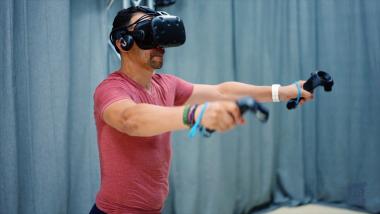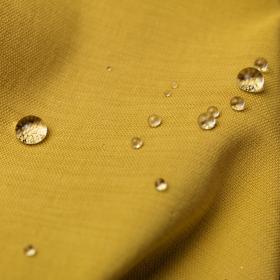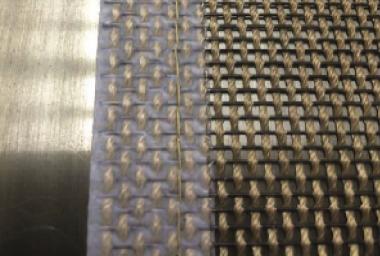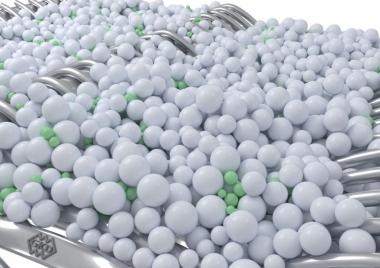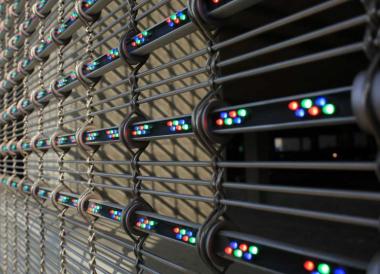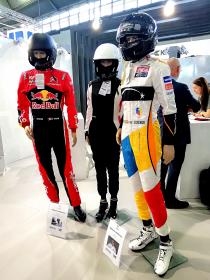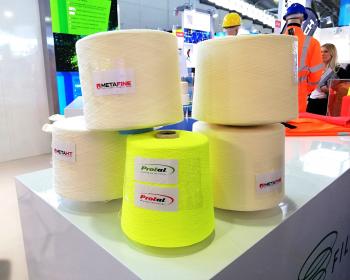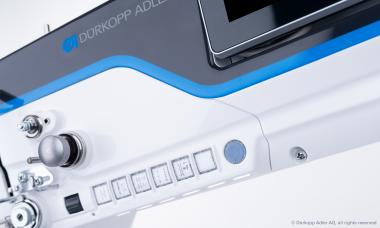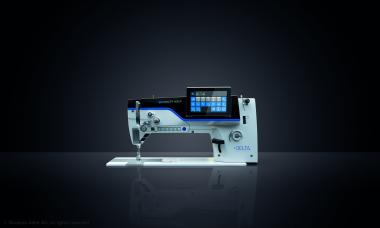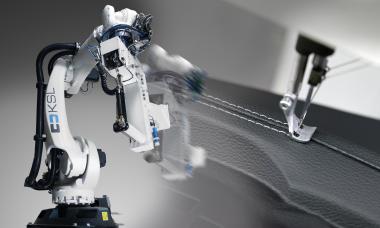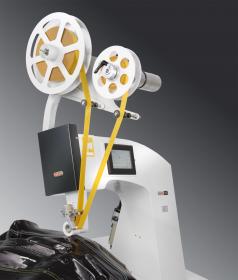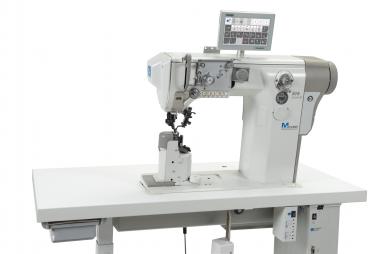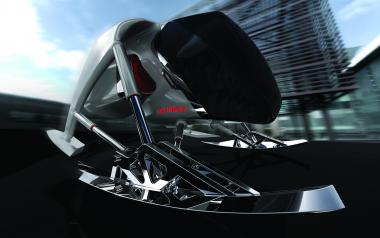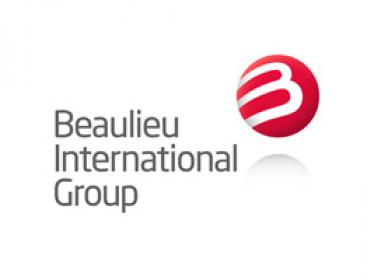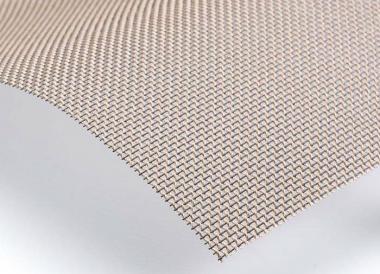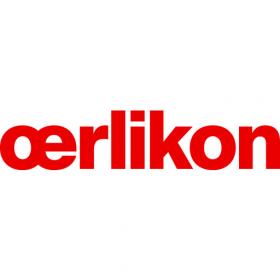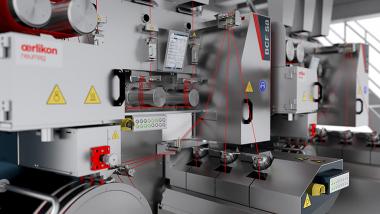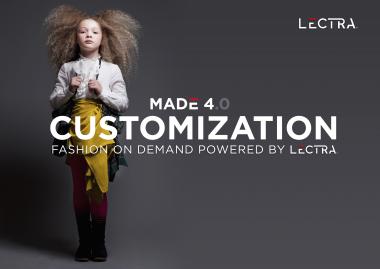Digital reality for retail
Neue Initiative für Langenfelder Einzelhändler gegründet
In der Future City Langenfeld startet am 8. Juli 2019 die Initiative „digital reality for retail“. Gründungsmitglieder sind die drei Unternehmen 7th Space, EECC und gmvteam GmbH. Gemeinsam haben sie sich zum Ziel gesetzt, den lokalen Einzelhandel zu stärken. Hier werden Projekte und Konzepte ermöglicht, in denen ortsansässige Händler mittels virtueller Welten Mehrwerte für ihre Kunden schaffen und sie neu begeistern. Zielgruppe sind die inhabergeführten Einzelhändler von Langenfeld, die sich dem Wandel der Zeit stellen wollen. Interessierte Unternehmen können per E-Mail an silke.reichenbach@gmvteam.de Kontakt aufnehmen.
Der Hintergrund: Laut dem Institut für Handelsforschung Köln (IFH Köln) ist der Handelsstandort NRW ein Ort mit bundesweiter Strahlkraft. Es ist daher wichtig, dass sich der Handel in NRW zukunftsfähig aufstellt. Vor allem der wachsende Onlinehandel, der Strukturwandel im Handel und die zunehmende Verstädterung werden die Handelslandschaft nachhaltig verändern. Aktuell befinden sich in Nordrhein-Westfalen noch knapp 110.000 Einzelhandelsgeschäfte. In den am wahrscheinlichsten zu erachtenden Szenarien rechnen die IFH-Experten mit 13.000 bis 20.000 Geschäftsschließungen.
European EPC Competence Center GmbH (EECC)





